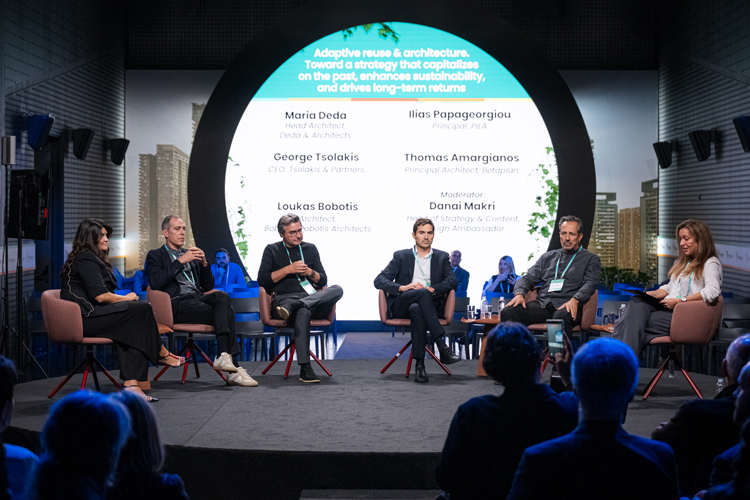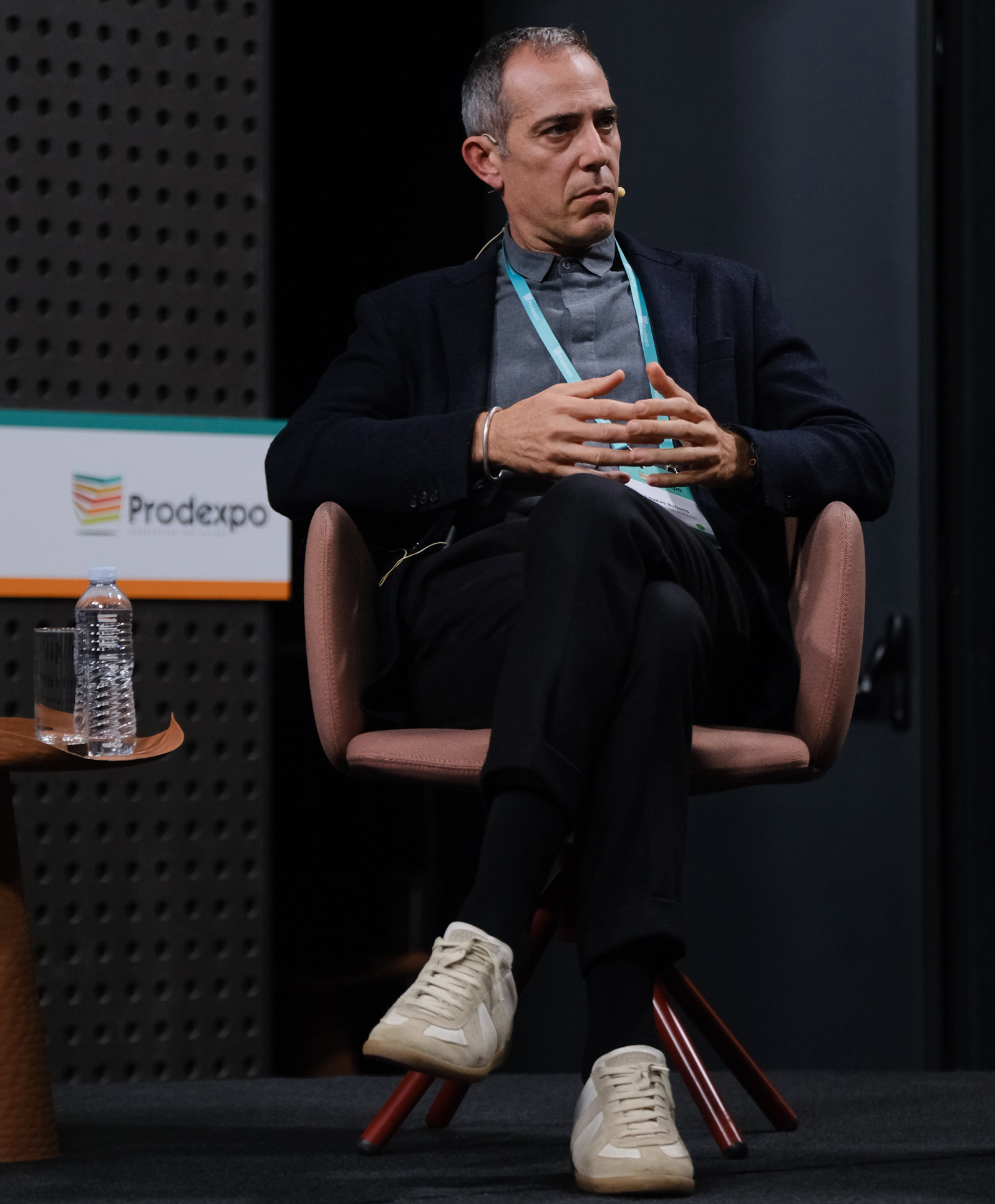Prodexpo Forum
At the talk “Adaptive Reuse & Architecture. Toward a strategy that capitalizes on the past, enhances sustainability, and drives long-term returns”, Lukas Bobotis argued that preserving a building’s architectural identity—especially in industrial structures—should be pursued when it represents real cultural, typological, and spatial capital rather than decorative burden. He outlined a clear evaluation sequence: assess historical/typological value and recognizability in the urban fabric; read the structural frame and production grid as an asset for flexible layouts; and leverage shell qualities such as opening rhythms, generous heights, daylight, and material patina. Interventions, he noted, should be reversible and legible—old and new distinguished without slipping into scenography—so functionality and identity work together as a performance tool that guides design and strengthens long-term value and asset appreciation.

Comparing scenarios like an airport and an industrial complex on Pireos Avenue, he emphasized that while energy reduction is essential (and today often tracked via LEED/WELL), it is never the sole driver: program, flows, user experience, operational efficiency, safety, and logistics come first, with the energy strategy “clicking into place” once those fundamentals are set; in urban reuse, mixed uses can benefit the wider area, improve microclimate, and reduce trips. On adoption across European markets, he noted that popularity varies with financing, regulation, seismic risk, and land values—often favoring new build—yet tourism, cultural economies, and EU programs are strong tailwinds for reuse. He described where the “old” should stay (when the structural skeleton and envelope provide strong identity and can support the brief with rational reinforcement) and where the “new” should appear (when loads, codes, density, or seismic demands exceed thresholds—then a clear, readable addition is appropriate), framing it not as a binary but as a “surgical” composition with measurable benefits. Finally, he argued that a landmark should act as a network node rather than a stand-alone destination—integrating with public space, prioritizing permeability, semi-transparency, and an “anchor” role—while avoiding pitfalls such as scenographic gestures without function or gentrification without social return.
